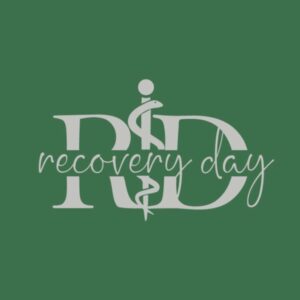Myofascial Release
Myofascial release focuses on reducing pain by easing the tension and tightness in the trigger points. It’s not always easy to understand what trigger point is responsible for the pain. Localizing pain to a specific trigger point is very difficult. For that reason, myofascial release is often used over a broad area of muscle and tissue rather than at single points.
One of the main ones that Recovery Day utilizes is the piriformis release. I’m The piriformis muscle is a flat band-like muscle located in the gluteal/buttocks near the top of the hip joint. This muscle helps to stabilize the hip, rotate the thigh away from the body, and it allows us to walk and shift our weight from one side to the other. Attaching to the sacrum on one end and the greater trochanter on the other, this muscle can often get tight. The problem with this, is that your sciatic nerve runs underneath this muscle. If your piriformis is too tight, it can pinch down on that nerve, causing “piriformis syndrome”. Piriformis syndrome is an irritating pain that runs down the low back, gluteal and back of the thigh. We treat this condition using a myofascial release technique to relax the piriformis muscle. Tip: You can release this on your own taking a tennis ball, placing under your piriformis muscle and laying on the ball for 30 seconds.
